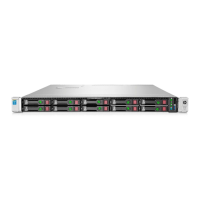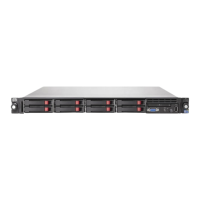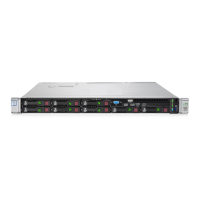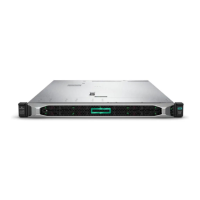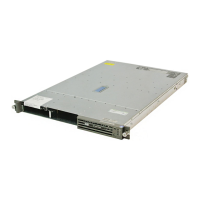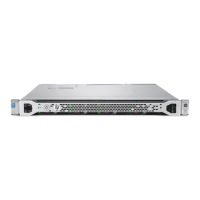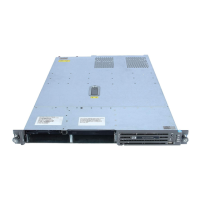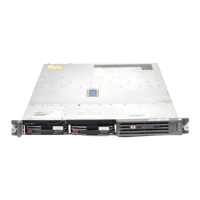Drive arrays and fault-tolerance methods 111
Advantages:
• This method has the second highest read performance of any fault-tolerant configuration.
• No data is lost when a drive fails, as long as no failed drive is mirrored to another failed drive.
• Up to half of the physical drives in the array can fail.
Disadvantages:
• This method is expensive, because many drives are needed for fault tolerance.
• Only half of the total drive capacity is usable for data storage.
RAID 1 (ADM) and RAID 10 (ADM)
In RAID 1 (ADM) and RAID 10 (ADM) configurations, data is duplicated to two additional drives.
When the array contains only three physical drives, the fault-tolerance method is known as RAID 1 (ADM).
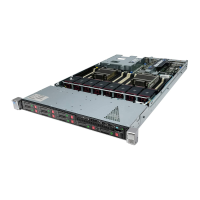
